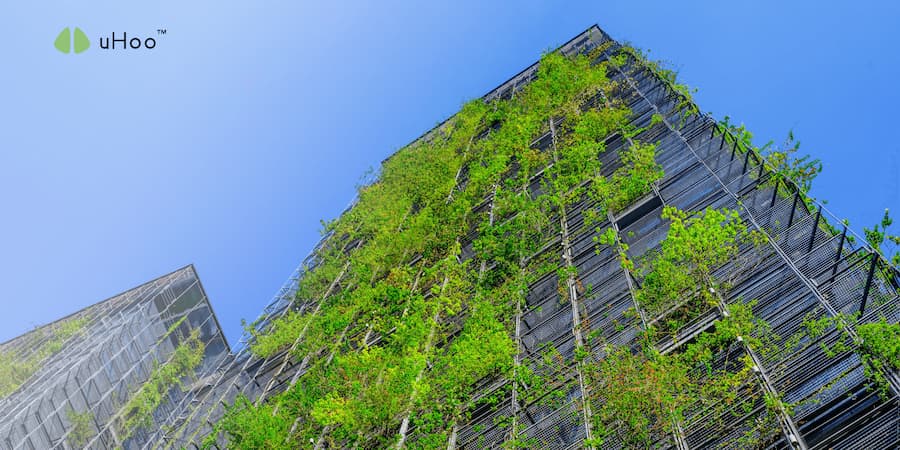We spend a significant portion of our lives staying indoors, whether we’re at home, at school, or at work. As such, the quality of the air we breathe in these environments significantly affect our overall health and well-being, and the longer we’re exposed to pollutants everyday, the worse the long-term effects are.
This is why more and more companies are now choosing to set up their office spaces in certified green buildings. Designed with sustainability and occupant health in mind, these green buildings promote good indoor air quality, providing a safe, healthy, and clean environment for all to live and work in.
How Green Buildings Promote Indoor Air Quality
Green buildings incorporate various features and practices to reduce the negative impact on the environment. However, a crucial aspect of green buildings is ensuring a healthy indoor environment for occupants. Here’s how green buildings promote good indoor air quality:
- Sustainable Building Materials reduce harmful emissions.
Sustainable building materials offer a significant advantage in reducing a building’s carbon footprint. By demanding less energy for production, transportation, and installation compared to traditional counterparts, these materials contribute to lower greenhouse gas emissions. Additionally, their lower volatile organic compound (VOC) emissions improve indoor air quality by reducing harmful chemicals released into the environment, fostering healthier living and working spaces.
- Improved ventilation systems can effectively remove pollutants.
Ventilation systems are key factors in green building design. These systems are able to effectively circulate fresh outdoor air with stale indoor air, reducing concentration of pollutants. Proper ventilation also helps regulate humidity levels, preventing the growth of mold and mildew. Additionally, by maintaining comfortable indoor temperatures, these ventilation systems reduce the need for excessive heating or cooling, thereby lowering energy consumption and associated carbon emissions, ultimately contributing to improved air quality and overall building sustainability.
- Incorporating biophilic design brings nature into indoor spaces.
Integrating nature into a built environment, such as natural light, indoor plants, and open floor plans, can reduce stress and promote relaxation which can indirectly benefit indoor air quality. This encourages employees and occupants to spend more time indoors and appreciate their environment, leading to better maintenance and awareness of air quality issues. Biophilic design also act as natural air filters to absorb harmful pollutants, contribute to humidity and temperature regulation, enhancing air circulation, and reducing the reliance on mechanical systems.
- Air purification systems filter and clean the air, keeping everyone safe and healthy.
Air purification systems are also essential components of green buildings to capture and remove a wide range of pollutants, including dust, pollen, allergens, mold spores, and VOCs. Not only that, but they also absorb odors to create a fresher indoor space and can also help reduce the spread of germs and viruses. No more sick building syndrome!
By prioritizing indoor air quality, green buildings create healthier and more productive environments for occupants, keeping them at their optimum state of being. Green buildings are definitely the future! So let’s keep advocating for the movement towards more sustainable building spaces for the betterment of the planet earth.


